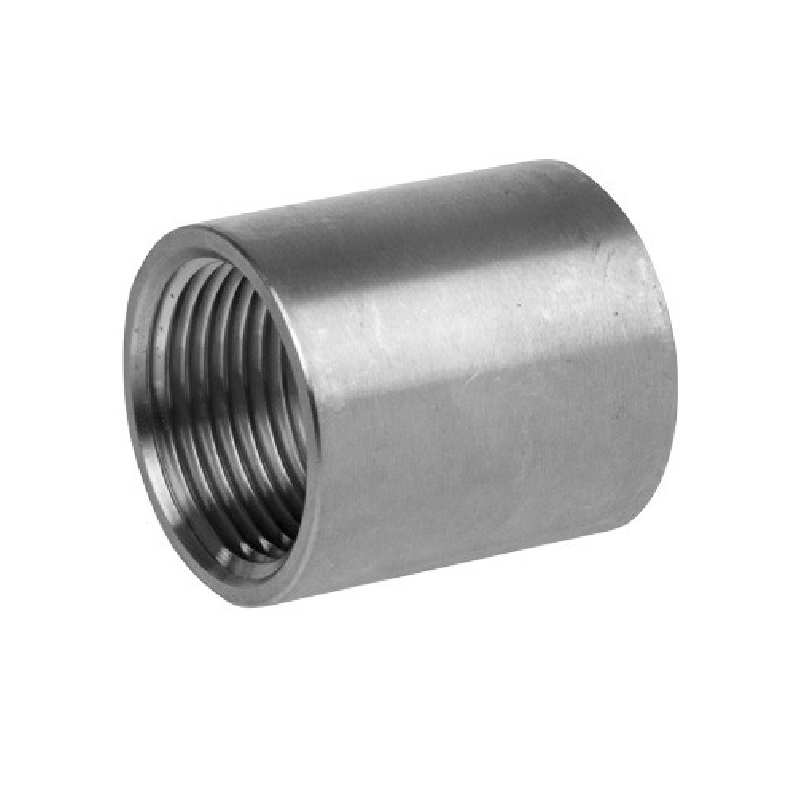-
Cangzhou Yulong Steel Co., Ltd.
-
Phone:
+86 13303177267 -
Email:
admin@ylsteelfittings.com
- English
- Arabic
- Italian
- Spanish
- Portuguese
- German
- kazakh
- Persian
- Greek
- French
- Russian
- Polish
- Thai
- Indonesian
- Vietnamese
- Zulu
- Korean
- Uzbek
- Hindi
- Serbian
- Malay
- Ukrainian
- Gujarati
- Haitian Creole
- hausa
- hawaiian
- Hebrew
- Miao
- Hungarian
- Icelandic
- igbo
- irish
- Japanese
- Javanese
- Kannada
- Khmer
- Rwandese
- Afrikaans
- Albanian
- Amharic
- Armenian
- Azerbaijani
- Basque
- Belarusian
- Bengali
- Bosnian
- Bulgarian
- Catalan
- Cebuano
- China
- China (Taiwan)
- Corsican
- Croatian
- Czech
- Danish
- Esperanto
- Estonian
- Finnish
- Frisian
- Galician
- Georgian
- Kurdish
- Kyrgyz
- Lao
- Latin
- Latvian
- Lithuanian
- Luxembourgish
- Macedonian
- Malgashi
- Malayalam
- Maltese
- Maori
- Marathi
- Mongolian
- Myanmar
- Nepali
- Norwegian
- Norwegian
- Occitan
- Pashto
- Dutch
- Punjabi
- Romanian
- Samoan
- Scottish Gaelic
- Sesotho
- Shona
- Sindhi
- Sinhala
- Slovak
- Slovenian
- Somali
- Sundanese
- Swahili
- Swedish
- Tagalog
- Tajik
- Tamil
- Tatar
- Telugu
- Turkish
- Turkmen
- Urdu
- Uighur
- Welsh
- Bantu
- Yiddish
- Yoruba

Oct . 15, 2024 09:02 Back to list
100mm flange
Understanding the 100mm Flange A Key Component in Engineering
Flanges are essential components in various engineering applications, ensuring secure connections between different sections of piping, equipment, or machinery. Among the myriad of flanges used across industries, the 100mm flange stands out due to its versatility and functionality. This article explores the significance, applications, and specifications of the 100mm flange, shedding light on its indispensable role in modern engineering.
What is a 100mm Flange?
A 100mm flange refers to a type of mechanical component that features a diameter of 100 millimeters. Flanges can be categorized into different types, such as slip-on, weld neck, blind, and threaded, each serving unique purposes. The 100mm flange can be made from various materials, including stainless steel, carbon steel, and plastic, accommodating different environmental conditions and pressures.
Importance and Applications
The 100mm flange is widely used in several sectors, including plumbing, manufacturing, and oil and gas industries. Its primary purpose is to provide a connection point for pipes, facilitating a tight and leak-proof seal. This is particularly crucial in high-pressure systems, where the integrity of the connection impacts overall safety and performance.
1. Plumbing Systems In residential and commercial plumbing, the 100mm flange is used to connect pipes that transport water, sewage, or other fluids. Its robust design ensures durability and longevity, preventing leaks that could cause damage to properties.
100mm flange

2. Industrial Machinery In manufacturing, the 100mm flange is integral to ensuring efficient operation of various machines. It connects components such as pumps, valves, and heat exchangers, contributing to smooth processes within manufacturing plants.
3. Oil and Gas Industry In the oil and gas sector, durability and resistance to extreme conditions are paramount. The 100mm flange is often utilized in pipelines that transport crude oil and natural gas, ensuring safe and efficient transfer of resources.
Specifications
When selecting a 100mm flange, several specifications must be considered, including material type, pressure rating, and compatibility with existing systems. For example, a common specification for a 100mm stainless steel flange might include a pressure rating of PN16 or PN25, indicating the maximum pressure it can withstand without failure. Additionally, proper installation practices, such as applying the correct torque and using appropriate gaskets, are essential to maintain the flange’s integrity.
Conclusion
In summary, the 100mm flange is more than just a simple mechanical connector; it is a vital component that ensures the functionality and safety of numerous engineering applications. Its widespread use across various industries underscores its importance in maintaining the integrity of piping systems and machines. Understanding the specifications and application of the 100mm flange allows engineers and technicians to make informed decisions that will enhance the efficiency and safety of their projects. As technology advances, the design and materials used in flanges will continue to evolve, further solidifying their role in modern engineering.
Latest news
-
ANSI 150P SS304 SO FLANGE
NewsFeb.14,2025
-
ASTM A333GR6 STEEL PIPE
NewsJan.20,2025
-
ANSI B16.5 WELDING NECK FLANGE
NewsJan.15,2026
-
ANSI B16.5 SLIP-ON FLANGE
NewsApr.19,2024
-
SABS 1123 FLANGE
NewsJan.15,2025
-
DIN86044 PLATE FLANGE
NewsApr.19,2024
-
DIN2527 BLIND FLANGE
NewsApr.12,2024
-
JIS B2311 Butt-Welding Fittings LR/SR 45°/90° /180°Seamless/Weld
NewsApr.23,2024











